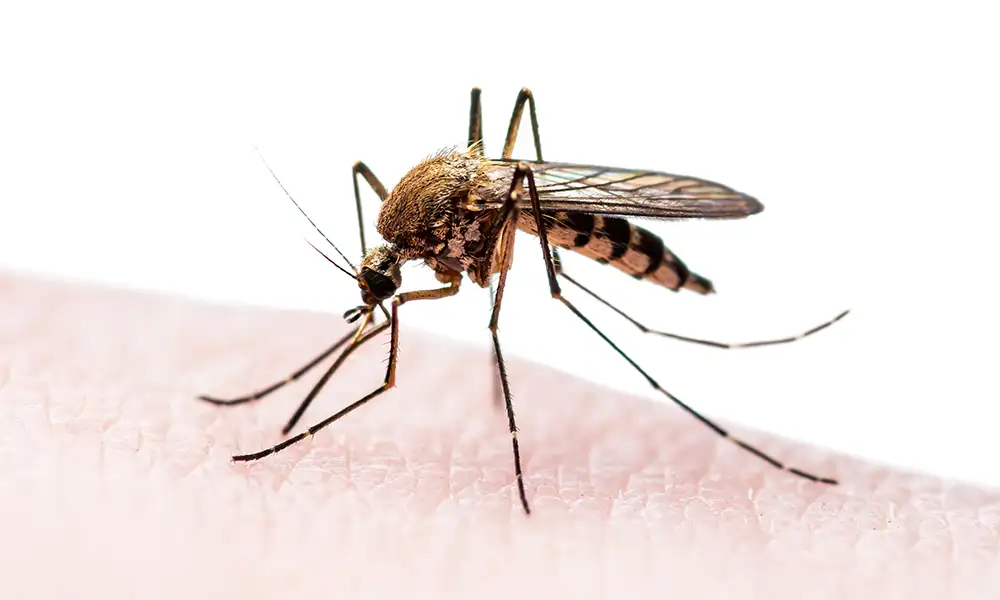NIPT: First-line or Reflex Testing?
- April 22,2024
- 3 Min Read

Aneuploidy affects 1 in 150 pregnancies and is a factor in 50% of early pregnancy losses. Health organizations and medical committees recommend prenatal screening for foetal anomalies during the first trimester of pregnancy to mitigate pregnancy complications. Cell-free foetal DNA (cffDNA) was discovered in 1997 and can be detected from 10 weeks of gestation till the end of the pregnancy. Non-Invasive Prenatal Testing (NIPT) is a promising technique for detecting chromosomal abnormalities during the early phase of pregnancy. NIPT uses next-generation sequencing to sequence short cffDNA fragments, identifying genetic variants that represent chromosomal abnormalities.
Numerous studies have evaluated the application of NIPT for detecting T13, T18, and T21 in prenatal screening. The primary goal is to achieve better detection rates compared to conventional methods. A meta-analysis of 37 studies found that NIPT provides better detection rates compared to traditional techniques. In Belgium, NIPT screening led to the highest detection rates for T13, T18, and T21, reducing the need for invasive tests by 92.8%. In South Korea, NIPT identified 108 cases (out of 1055 screenings) of foetal aneuploidy with a high sensitivity rate of 100% and specificity of 99.99% for both T21 and T13. The overall positive predictive value was 98.1%, ranging from 90% to 100% in T13, T18, and T21.
Twin pregnancies are more complex than singleton pregnancies due to genetic differences in dizygotic twins. NIPT screening has shown perfect or near-perfect results for sensitivity, specificity, and positive predictive value in prenatal screening of twins. Studies consistently showed 100% sensitivity for detecting T21, T13, T18, and T21 in 6471 twin pregnancies, with specificity for these aneuploidies over 99%. Gill MM's meta-analysis suggests NIPT can be as reliable and accurate in detecting trisomies as singleton pregnancies.
NIPT is not considered a first-line diagnostic screening method for confirming trisomies in pregnancies due to the presence of false positives and false negatives. However, the false positives and false negatives generated in studies have been relatively low, including in analyses of large samples.
Akbari et al.'s study (2018) found a false positive rate of 0.10% for screening T21, lower than the 5% rates seen for nuchal translucency ultrasonography and maternal serum marker screening. Norton et al.'s (2015) study reported a lower false positive rate of only 0.05% compared to the standard screening method group. A prospective study by Xue and colleagues (2020) reported a false negative rate of 0.01% among 81601 pregnancies, with nine cases of false negatives detected. The occurrence of false negatives is believed to be due to a low amount of cffDNA in the maternal plasma, influenced by advanced maternal age, high BMI, and early gestation. Using shorter cffDNA fragments during DNA extraction and library sequencing could help increase the cffDNA fraction.
NIPT is suggested to be accompanied by other prenatal tests like dual marker/ultrasonography. This combined approach can help detection and differentiation of false-positive cases from actual trisomies requiring an invasive procedure for confirmation.
The benefits of reflex panels (where dual marker results showing high risk are automatically reflexed to NIPT) were reflected in a study by Wald et al (2019) conducted in the UK on a population of 22812 women. it was found that reflex DNA screening avoided up to 530 invasive diagnostic tests compared with using the normal dual marker.
Hence, the optimum and cost-effective method which balances prenatal screening requirements while also reducing the need of invasive procedures appears to be reflex panels.
References:
- Chen et al. A study on non-invasive prenatal screening for the detection of aneuploidy. Ginekol Pol. 2022 Sep 30;93(9):716–20.
- Gil et al. Analysis of cell‐free DNA in maternal blood in screening for fetal aneuploidies: updated meta‐analysis. Ultrasound in Obstet & Gyne. 2015 Mar;45(3):249–66.
- Kostenko et al. Clinical and Economic Impact of Adopting Noninvasive Prenatal Testing as a Primary Screening Method for Fetal Aneuploidies in the General Pregnancy Population. Fetal Diagn Ther. 2019;45(6):413–23.
- Lee et al. Clinical Validation of Non-Invasive Prenatal Testing for Fetal Common Aneuploidies in 1,055 Korean Pregnant Women: a Single Center Experience. J Korean Med Sci. 2019;34(24):e172.
- Jayashankar et al. Non-Invasive Prenatal Testing (NIPT): Reliability, Challenges, and Future Directions. Diagnostics. 2023 Aug 2;13(15):2570.
- Wald et al. Prenatal reflex DNA screening for trisomies 21, 18, and 13. Genetics in Medicine. 2018 Aug;20(8):825–30.
- Xue et al. Sequencing Shorter cfDNA Fragments Decreases the False Negative Rate of Non-invasive Prenatal Testing. Front Genet. 2020 Mar 26;11:280.
Akbari et al. Specificity and Sensitivity of NIPT for Prenatal Screening of Down Syndrome in 100 Pregnant Women from Tonekabon, Iran. Med Clin Rev [Internet]. 2018 [cited 2024 Jan 28];04(01).
Most Viewed
Premarital Health Screening
- 20 Min Read
Typhoid - Signs and Symptoms
- 3 Min Read
Home Isolation Guidelines - Covid-19 Care
- 5 Min Read














